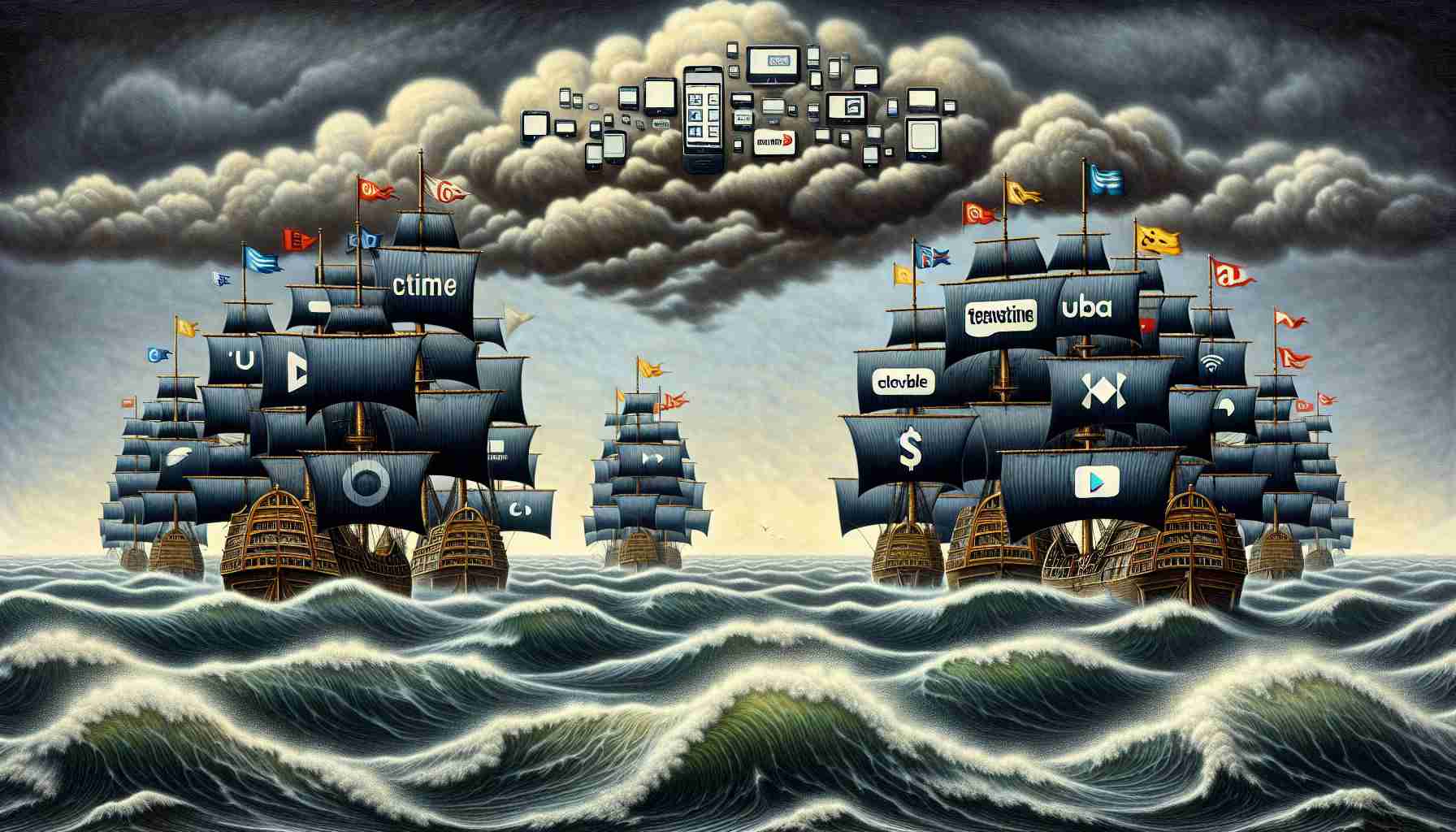Summary: The streaming wars refer to the ongoing battle between major streaming platforms to dominate the rapidly growing market for online streaming services. With the rise of digital entertainment, companies like Netflix, Amazon Prime Video, Hulu, and Disney+ are fiercely competing for subscribers by offering exclusive content and original programming. This article delves into the impact of the streaming wars on the industry, provides an analysis of the key players, and addresses common questions surrounding the phenomenon.
The streaming wars have transformed the way we consume entertainment. As traditional cable and satellite TV lose ground, streaming services have become increasingly popular due to their convenience and flexibility. However, this growing demand has sparked intense competition among providers to capture the largest market share. Let’s dive into the world of streaming wars and explore their implications.
Key Players
Netflix: Founded in 1997 as a DVD rental service, Netflix revolutionized the streaming landscape by introducing its online subscription model. With millions of subscribers worldwide, Netflix has expanded its library to include a vast array of TV shows, movies, and original content.
Amazon Prime Video: Amazon’s streaming service, bundled with its Prime subscription, offers a wide range of movies, TV series, and exclusive content. Amazon has invested heavily in producing high-budget original series, such as “The Marvelous Mrs. Maisel” and “The Boys.”
Hulu: Originally created as a joint venture between NBCUniversal, Fox, Disney, and WarnerMedia, Hulu provides subscribers with access to TV shows, movies, and original content. In recent years, Hulu has gained attention for its critically acclaimed show “The Handmaid’s Tale.”
Disney+: Launched in 2019, Disney+ quickly established itself as a major player in the streaming industry. With an extensive library that includes Disney classics, Marvel films, and Star Wars content, Disney+ became a significant challenger to existing streaming services.
Impact on the Industry
The streaming wars have led to a surge in quality content and innovation within the industry, as companies strive to attract and retain subscribers by offering exclusive programming. This intense competition has also affected the entertainment landscape beyond streaming platforms. Traditional media giants, like WarnerMedia and NBCUniversal, have launched their own streaming services, further fragmenting the market.
Furthermore, the streaming wars have altered consumer behavior, resulting in a shift away from traditional cable TV. With the ability to access a wide range of content on-demand, users now have more control over what they watch and when they watch it. This has forced traditional media companies to adapt and embrace streaming services or risk becoming obsolete.
Frequently Asked Questions
1. How does the pricing of streaming services compare to traditional cable TV?
Streaming services generally offer more affordable pricing options compared to traditional cable TV. Subscriptions can range from around $5 to $15 per month, allowing consumers to tailor their viewing preferences without paying for excessive bundled channels.
2. Can I access streaming services on multiple devices?
Yes, most streaming services offer multi-device compatibility. Subscribers can access content on smartphones, tablets, smart TVs, and computers, providing flexibility and convenience.
3. Are there any risks to the streaming industry?
One challenge for the streaming industry is the issue of password sharing, which can undermine subscription numbers and revenue. Additionally, the increasing fragmentation of the market may result in consumer fatigue and subscription fatigue, as viewers find it challenging to manage multiple subscriptions.
Sources:
– “Netflix” – www.netflix.com
– “Amazon Prime Video” – www.amazon.com/primevideo
– “Hulu” – www.hulu.com
– “Disney+” – www.disneyplus.com
The source of the article is from the blog elperiodicodearanjuez.es
